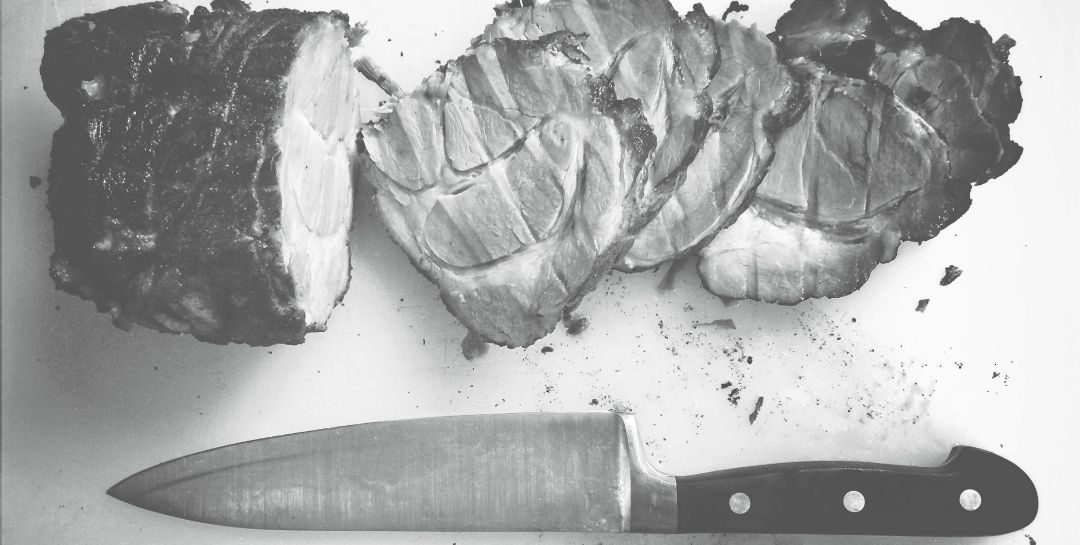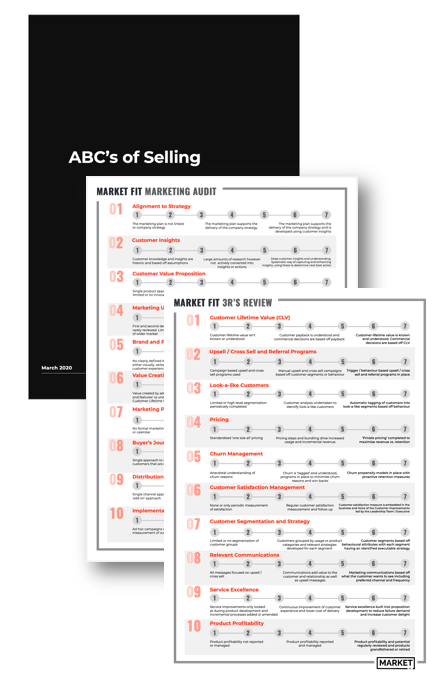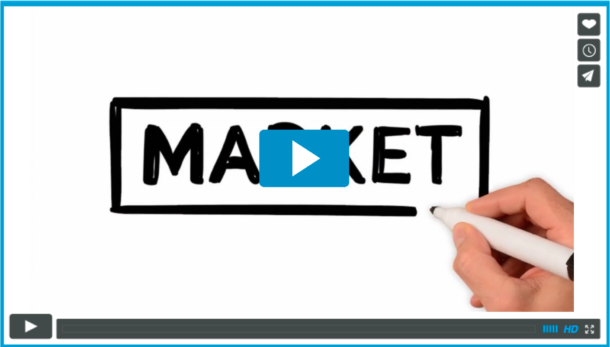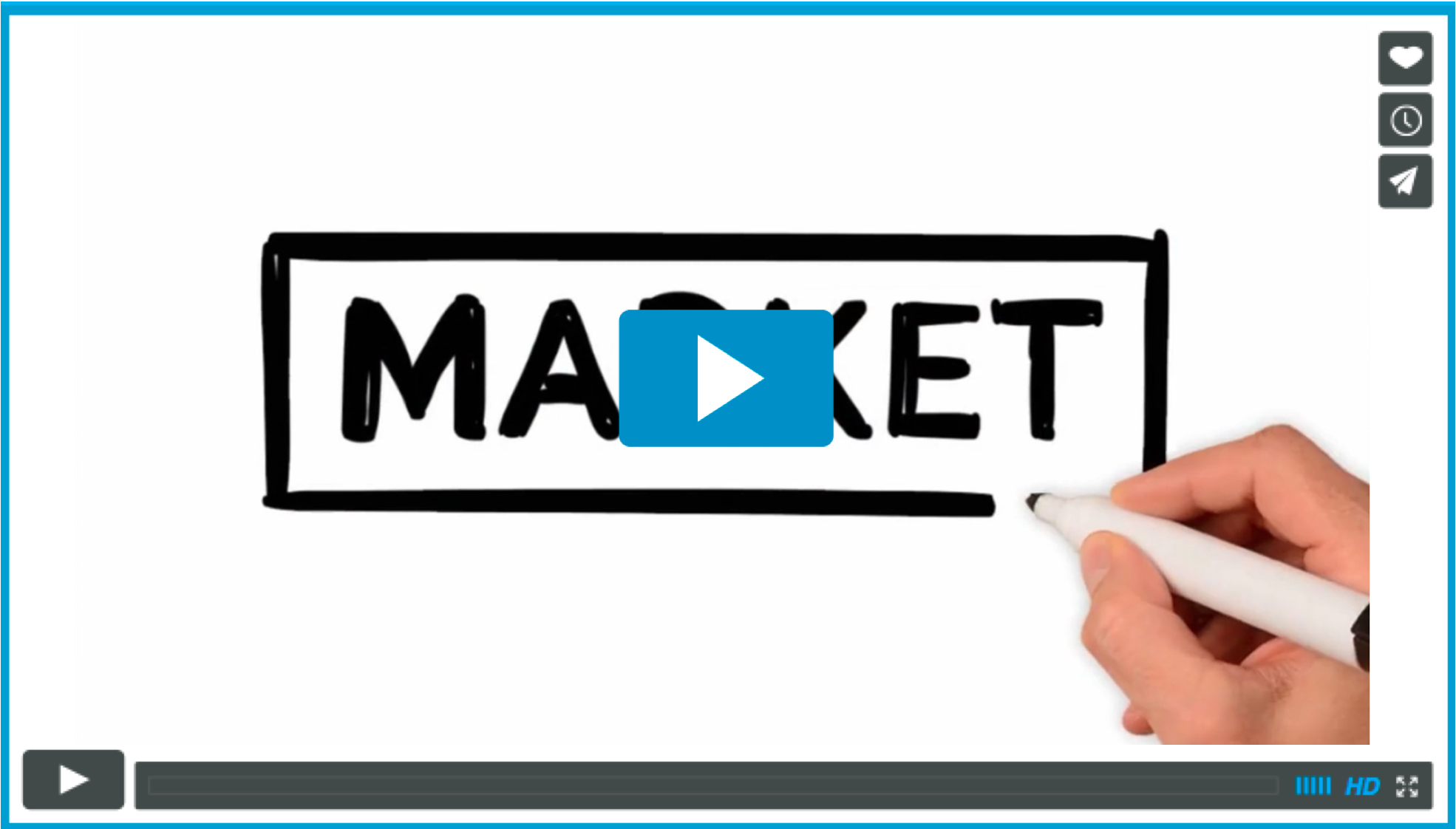Hands up if you’ve either:
A, Used a GrabOne voucher
B, Used a GroupOn voucher, or…
C, Have “a friend” who has
Joking aside, I’m willing to bet whatever the answer you’ve not spent much time thinking about the mechanic behind vouchers.
Put simply, vouchers are a form of marketing – deals drive introductory traffic to an establishment, who try to convert a chunk of that traffic into loyal customers. And that’s where the problem lies… in my experience merchants are pretty poor at the post-deal actions necessary to convert me into a regular.
Before we get ahead of ourselves, let’s take a look at the basic proposition using GrabOne, NZ’s biggest deals site.
GrabOnenegotiate significant discounts on the services merchants offer. GrabOne then distribute deals to the jewel in their crown – their 1.6m+ database. For every deal that is sold GrabOne takes somewhere around 25-30% in commission.
The Jervois Steak House (JSH) has run several offers with GrabOne. Let’s work the numbers based on this one:
- A two person ($85) lunch deal has a retail value around $130
- GrabOne will take around $21 in commission (ie, 25% of $85)
- Excluding GST, JSH is left with net revenue of $55
- Two glasses of wine at $15 each means a retail value of $100 for the food in the deal (estimated at the industry average or 25% of menu price, taking a further $25 in costs from our $55 revenue)
- Finally, let’s assume the wine has a cost price of $5/glass – that means subtracting another $10
Bottoming that out means the Jervois Steakhouse is clearing around $20 for two diners on this deal. After indirect costs this is likely a loss, or at best a break even.
That doesn’t make it a bad deal for the Jervois Steakhouse. Likeallmarketinginitiatives there are other factors to consider. The Jervois Steakhouse is also a rare example of a merchant who uses deals and the resulting customers wisely…
- As a “no success, no fee” deal the GrabOne model is attractive. Unlike traditional advertising, the restaurant ONLY pays for customers who buy.
- GrabOne customers pay in advance. GrabOne offers JSH speedy remittance – meaning immediate cashflow.
- This deal potentially puts JSH in front of over 1.6m customers
- Breakage… while small JSH gets a bit more in margin from the percentage of customers who never redeem (GrabOne try to mitigate this for consumers with reminders and services like voucher guarantee, and of course it’s impossible for JSH to convert customers who never actually make it through their door)
- Overage… the secret to a great deal is shaping great value and encouraging customers will often make additional purchases when redeeming a deal. It’s safe to say in the JSH example I certainly did…!
And of course, consumers love a deal. For many people it’s a low-risk and value for money way of trying new experiences (and restaurants).
But – none of that answers the biggest problem I have with deals. For me they are a wasted opportunity. Merchants invariably fail to maximise customers who buy and redeem their deals. Deals are marketing initiatives – they create an opportunity to convert a qualified lead into a loyal customer. The greatest mistake merchants make is failing to realise this and not doing the basic “101” type marketing follow up they would for almost any other type of marketing campaign.
In the few times I’ve used GrabOne, JSH is the only merchant who has attempted to build a meaningful relationship with me beyond that “one night stand’ created by a deal, this is particularity important with promiscuous customers such as a GrabOne customer.
Having paid to get me through the door most merchants waste the opportunity to convert me into a repeat customer. And with the exception of JSH, many merchants compound this error by treating voucher customers to lesser service than full paying customers, making it doubly unlikely they’ll return.
This stuff isn’t hard… it can be as simple as:
- Asking me to join a mailing list
- Converting me to a loyalty club
- Asking me to “like” them on Facebook
- Offering a small additional reward for my next visit (as small as a free dessert)
- Giving me an even higher level of service as a first-time customer, rather than subconsciously offering a lesser experience as a “voucher diner”
Key Takeaway
Marketing doesn’t stop when you get a customer through the door – in fact this is just the start of your customer lifecycle management. The question you need to ask yourself is what are you doing to create repeat customers, and what are you doing to then create loyal customers?




